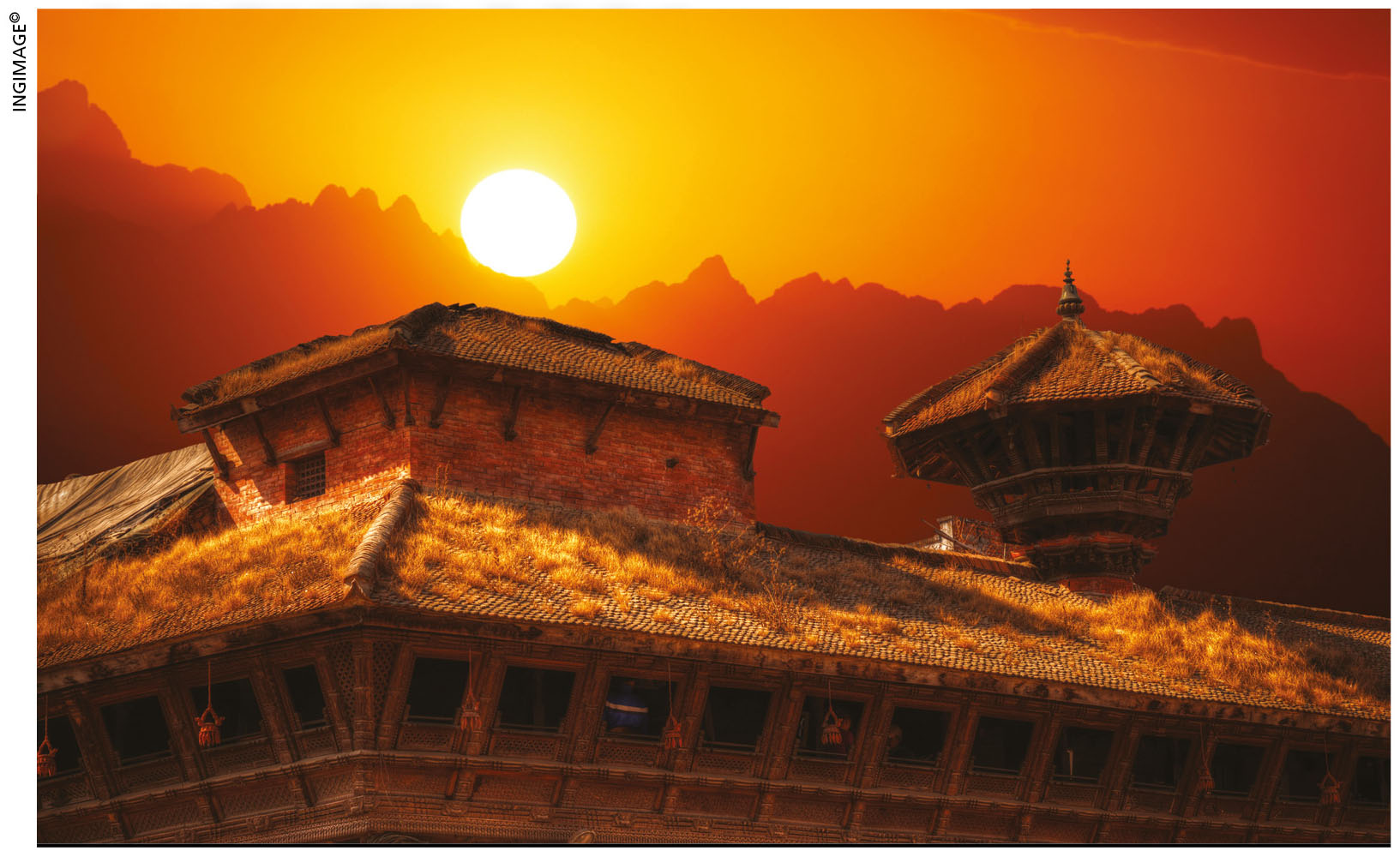THE ROVING DIPLOMAT
TRIBUTE SERIES
AUGUST 2001
TURBULENCE IN SOUTH ASIA
The region is volatile due to the failed Agra Summit and turmoil in Nepal
Despite its sudden and early abandonment, the Agra Summit in July between Pakistan’s President Pervez Musharraf and Indian Prime Minister Atal Bihari Vajpayee has been hailed as a landmark meeting. This is because the conference between the two nations took place amid a state of deadlock in relations that has spanned more than 50 years.
It was seen as a resumption of the Lahore Declaration of 1999, which held so much promise at the time.
Pakistani Foreign Minister Abdul Sattar described it as a moment of hope in relations between the two arch rivals. Indian leaders for their part were effusive in welcoming the meeting with External Affairs Minister Jaswant Singh denying that India regarded Pakistan as an enemy. Vajpayee went further and said that Pakistan, India and Bangladesh were born of the same womb.
Musharraf’s swearing in as president was seen as a move to strengthen his image and standing at the summit but it wasn’t received well in Washington, which considered it an obstacle to lifting sanctions on Pakistan. The UK also saw it as a setback in the transition to democracy.
Pakistan’s president endeavoured to garner support for his decision to attend the summit from opinion shapers and parties in his country. He also invited separatist groups from Kashmir – including the Hurriyat – to share their views on issues that were to be discussed at the summit.
However, the reality was different because the outcome of the summit could only revolve around items on the agenda. And in this regard, the two countries were deadlocked over the inclusion of Kashmir. The Indians have categorically stated on more than one occasion that Kashmir is an integral part of India and Musharraf described the statement made by Singh as regrettable.
The only hope was that the summit would open up other areas for constructive discussion and engender a climate that will be conducive to gaining some understanding on Kashmir.
In a statement, Musharraf had sounded hopeful about Kashmir, saying he sensed a realisation on the other side for a resolution of the Kashmiri issue while cautioning against placing too much hope. The mistrust of 50 years couldn’t be eliminated overnight and the summit’s abrupt ending confirmed this.
In the meantime, India has been discussing the subject of cooperation on defence and security with a number of countries, including the US, Russia and Australia. These talks envisage military collaboration, as well as an exchange of technology and strategic initiatives like the use of bases.
Singh indicated during his tour of Australia that the recent Indo-US talks didn’t rule out American access to bases in India. He added that a security dialogue would be initiated between India and Australia, which would relate to the security of the region.
In this context, India’s recent announcement of proposals to extend its maritime boundary has special significance as it represents a bid for dominance in the security of the region.
Within the country itself, the Indian government is facing unrest in Manipur where a curfew was imposed recently. The people feel that this is part of a plan by the central government to partition Manipur in order to create a larger homeland for the Naga people by using territory from Manipur, Assam and Arunachal Pradesh.
Vajpayee announced that a review of federal arrangements covering the states concerned is underway but the territorial integrity of Manipur would be untouched.
Among other trouble spots, Nepal shocked the world with the horrendous massacre of the royal family, the circumstances of which weren’t disclosed initially owing to censorship imposed by the palace.
This resulted in wild speculation that it was a CIA operation with Indian help, or linked to the Maoist insurgency in Nepal or engineered by opposition parties in their campaign to overthrow Prime Minister Girija Prasad Koirala.
The truth, which was later disclosed, is that the perpetrator was Crown Prince Dipendra acting in a state of inebriation. King Gyanendra – who is the brother of the murdered monarch – has no illusions about the dangers he faces. In his opening statement to parliament, the new king pleaded for an end to violence and a national mainstream of peaceful political participation.
Given the prevailing crisis, with Koirala fighting for his own survival against a hostile parliament and the mounting Maoist insurgency, it’s possible that the palace massacre could open the door to a civil war and violence.




